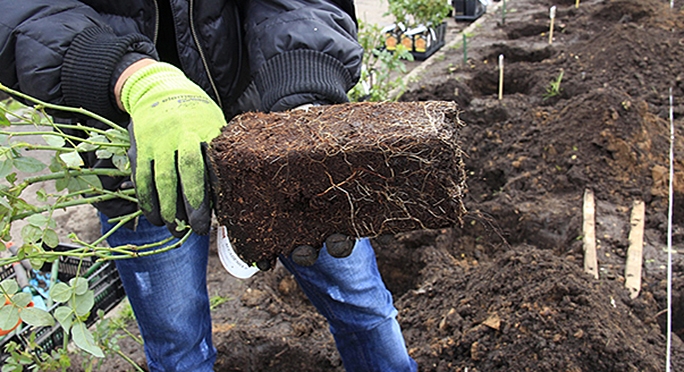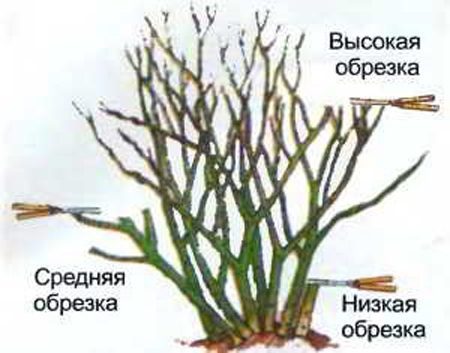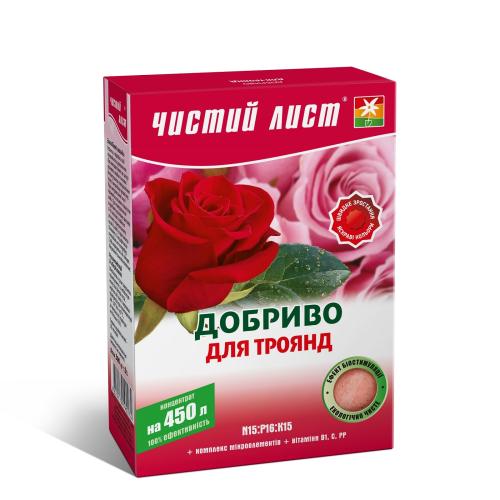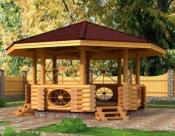Search
Login
Recommended
Royal flowers in the garden - varieties of roses, planting and care.
Rose is the queen of flowers, and this is not just a familiar saying, roses really surpassed most other flowering plants in their beauty and number of varieties. Already during the reign of Napoleon, more than 200 species were known, today roses are so diverse that it is impossible to describe all their varieties in one article. For connoisseurs of fragrant rose gardens, we have prepared an article on how to grow roses correctly.
Content
- The choice of roses video
- Planting roses
- Pruning video
- Growing roses from seeds and cuttings video
- Fertilizers for roses
The choice of roses
All over the world there are more than 250 species of wild roses and more than 20,000 noble varieties. It is quite easy for gardeners to pick roses for their garden according to the occupied area, plant height, shade of flowers, there are also ground cover and climbing varieties. Consider a few popular pink bands.
Roses, included in the multiflower group, are characterized by many flowers on one branch and medium resistance to adverse conditions. The height of the bush is 40 - 80 cm, depending on the variety, looks good among perennials, decorate the garden with flowering from June to late autumn.
Park roses are large-flowered with a large number of thorns, shrubs up to 1.5 m high. Varieties are frost-resistant, flowering begins in late May.
Climbing roses up to 4 m high will decorate the walls of the house, a fence, a gazebo or even a tree trunk, look picturesque with clematis. When growing climbing roses, the sunny side and winter shelter of shrubs with straw or needles is necessary, varieties of this group are sensitive to bad weather conditions.
Ground cover roses are recommended for rock gardens, the height of the shrub from 40 to 60 cm, bloom from June to October. Roses are resistant to all fungal diseases and frosts.
Miniature roses reach 50 cm in height, successfully emphasize the boundaries of paths, are unpretentious in growing.

The most famous group of tea roses, in their beauty not inferior to other varieties. Unfortunately, tea roses are being replaced by more profitable disease-resistant hybrids. Roses tolerate moist soil, ideal for hedges - the height of the bushes reaches 5 meters.
Planting roses
It is preferable to plant roses in early October, if the autumn is cold - in September. After planting a shrub, it is necessary to protect it from frost, it is dangerous for young roots.
When purchasing seedlings, pay attention to roses with young shoots and buds, avoid old shrubs with thick, thick branches, such roses take root worse.

The place for planting is sunny and sheltered from the wind, fertile soil. Fertilizers intended for roses are introduced; before planting, the roots of the bushes are lowered for several hours in a solution with fungicides. Number of bushes per sq.m. depends on the selected variety:
- Ground cover, climbing 2 bushes
- Tea and bush 2 bushes
- Park 3-4
- Miniature Roses - 5 Shrubs
Pits for shrubs measuring 30 x 30 cm, with this deepening, the roots of plants develop without problems. The shrub is located so that the vaccination site is 4 cm below the soil, then the bush is watered and sprinkled with earth.

During the autumn planting, it is advisable not to prune the shoots, they are reduced only during the spring planting exactly by half, weak stems are removed completely. In the cultivation of spray roses, planting occurs in a slightly different way, the shrub is trimmed to 5 buds, then it should be completely sheltered from possible frosts.
Pruning
In the spring, after the frost ends, roses are pruned for the first time, regardless of the variety selected. Pruning is carried out with a sharp secateurs at an angle of 0.8 cm from the last bud, wild shoots, branches growing inside the bush and dry stems are removed. If a stalk dominating in growth is seen, it is removed to allow other branches to develop. After trimming, each wound is closed with a garden var.

Repeated reduction depends on the group of roses. For example, climbing roses are not required in annual pruning, but regular removal of the lower branches is recommended to prevent powdery mildew. This group of roses is cut every two years to 20 cm, and branches damaged by frost are removed every spring. For climbing roses, trimming the correct, horizontal direction of the branches is more important.
Thin branches of park roses are cut every spring by 1/3, dry and growing shoots inside are removed.
Ground-cover roses are bent to the ground with staples as the stems grow, in the first autumn all previously flowering and lateral shoots are reduced. In the second year, all shoots are shortened by 3-4 buds, weak branches are removed from excessively thickened shrubs. In subsequent years, lateral shoots blooming in summer are reduced on young stems.
The technology of growing roses is based on proper planting and pruning, if mistakes are made at these stages, the roses will grow poorly, bloom and eventually turn into spiny bushes to prevent this from happening, do not forget to pay due attention to your flowers.
Growing roses from seeds and cuttings
In addition to ready-made shrubs, there are interesting ways to decorate the garden with roses - growing from cuttings and seeds is available. Cuttings are prepared from a healthy shrub in the fall, when the plant has already blossomed. A stem with 3-4 buds is trimmed, after trimming the stalk, you must immediately place it in water, then transplant it into a pot with good drainage.
The cutlery is covered with a glass bowl from above, thereby creating a greenhouse effect until the future bush is completely rooted. Such a greenhouse should be in a well-lit place, not in direct sunlight. You should know that roses from cuttings are weaker than their parents.

It is more difficult to grow roses from seeds. For this, seeds are harvested from the desired variety, but the color may not be what you expected. Seeds are soaked for 10 minutes in hydrogen peroxide to prevent mold and leave for 2 months in a dark place at a temperature of + 5C. After six months of proper care, you will see the first buds. Growing seedlings of roses from seeds will be shown in more detail in the video below.
Fertilizers for roses
In the first year after planting, roses do not fertilize. In the following years, fertilizers are applied 2-3 times per season. Until mid-July, they make nitrogen fertilizer, in the fall they fertilize plants with phosphorus and potassium - they will help roses prepare for the upcoming cold weather.

Manure is used in small quantities only in the year of planting, as it burns the roots. Compost is introduced throughout the season through the surface of the soil. Biohumus is recommended in liquid form for watering roses; its use reduces the risk of an overdose of mineral fertilizers.





